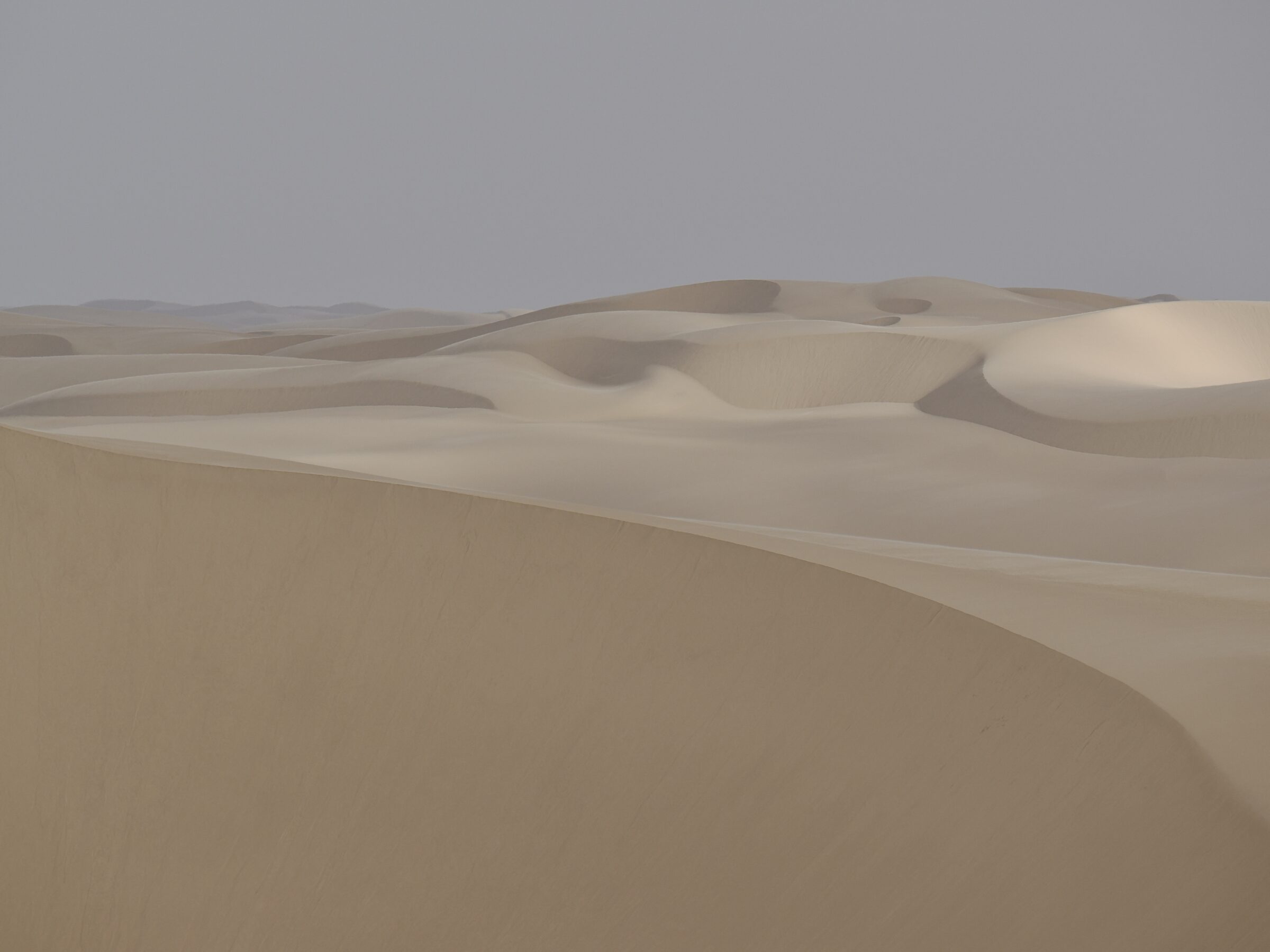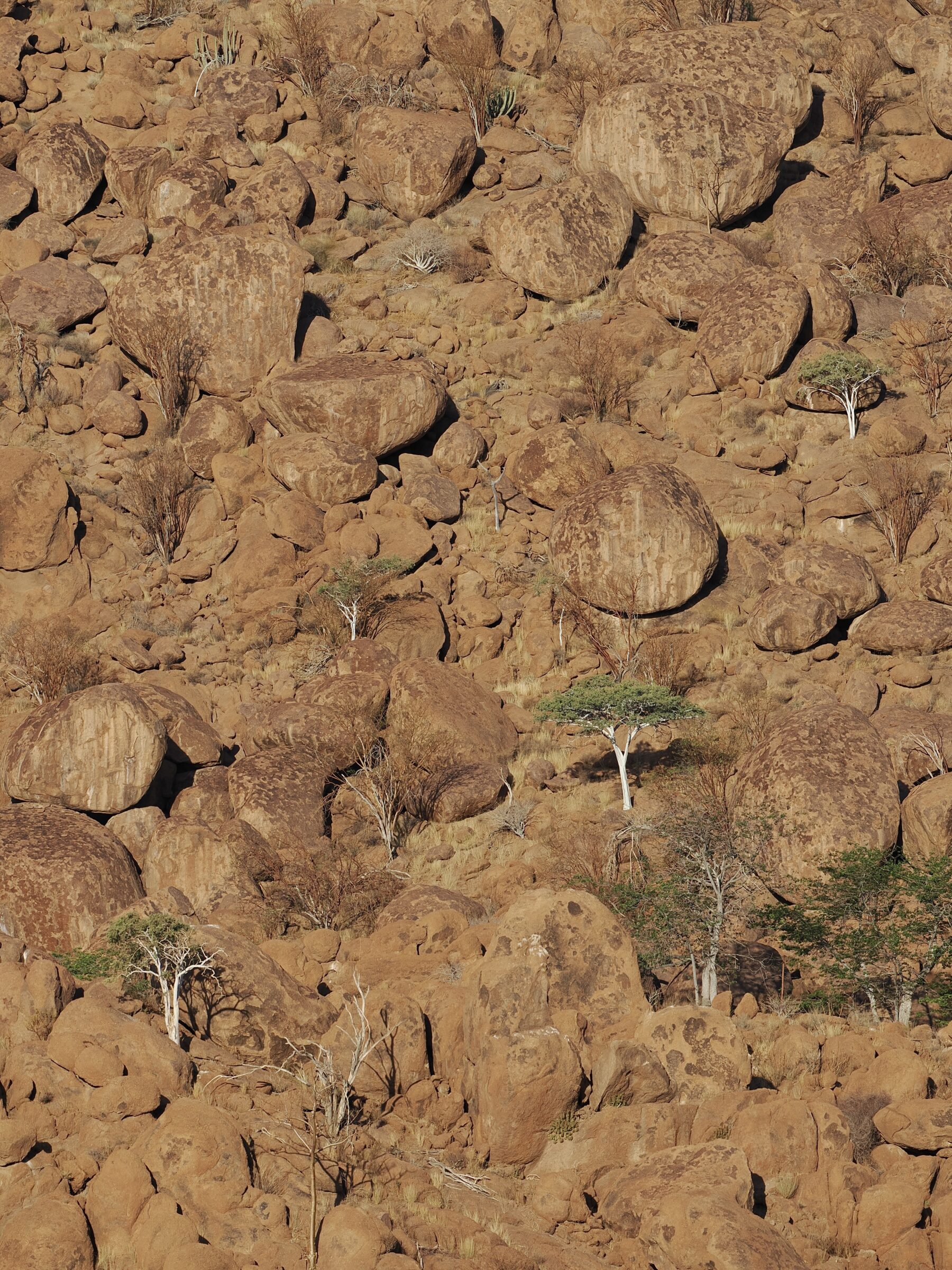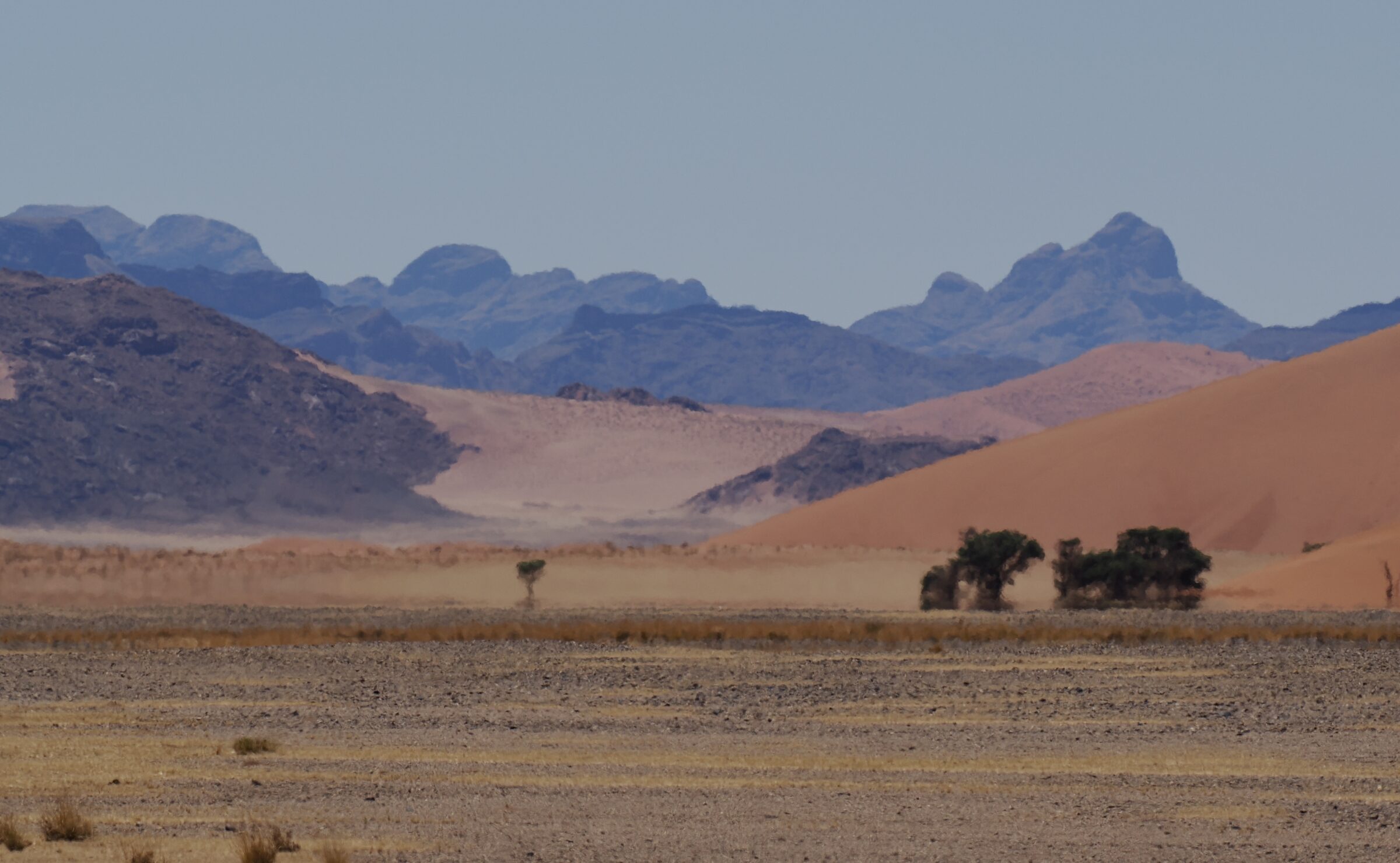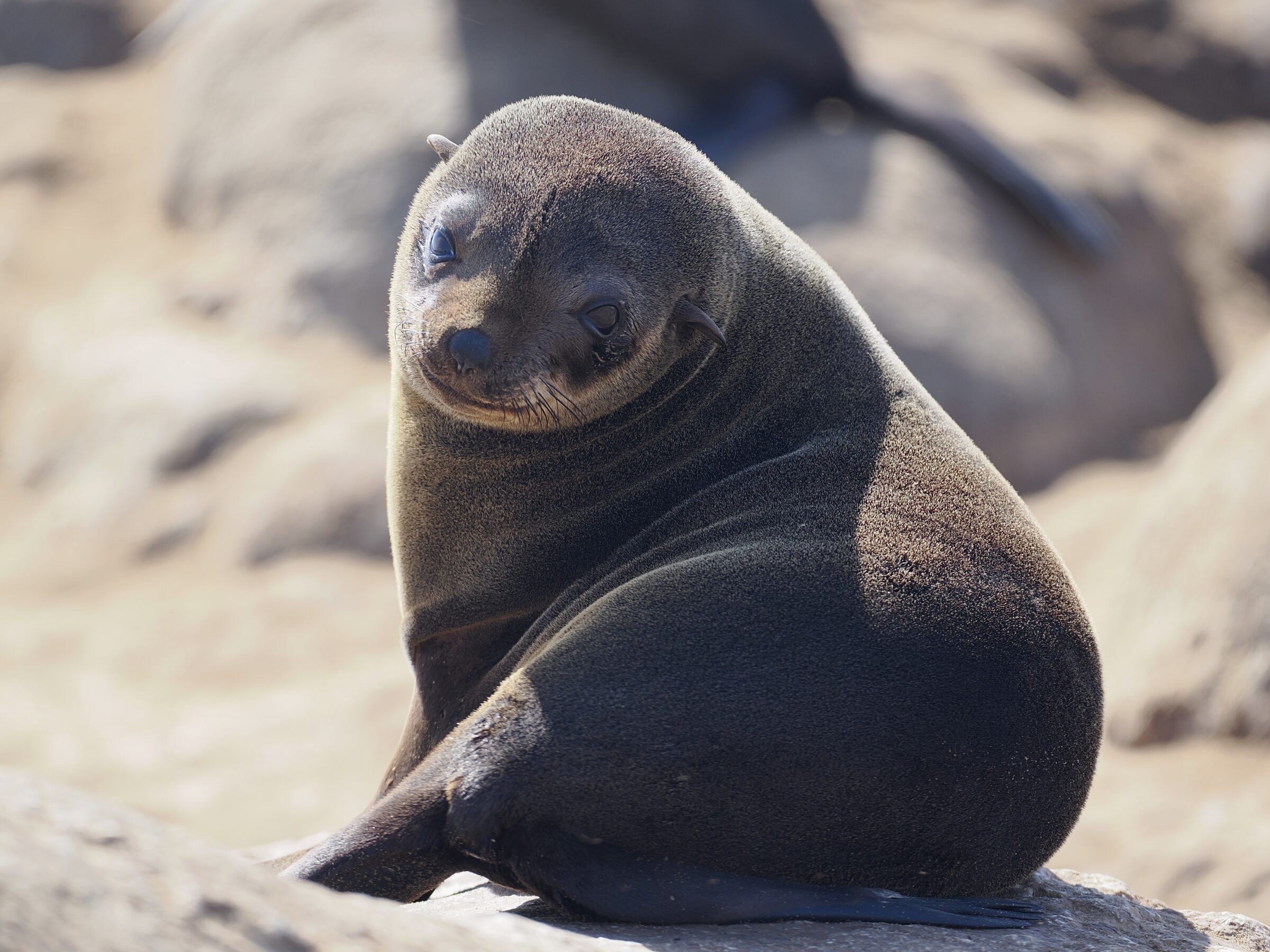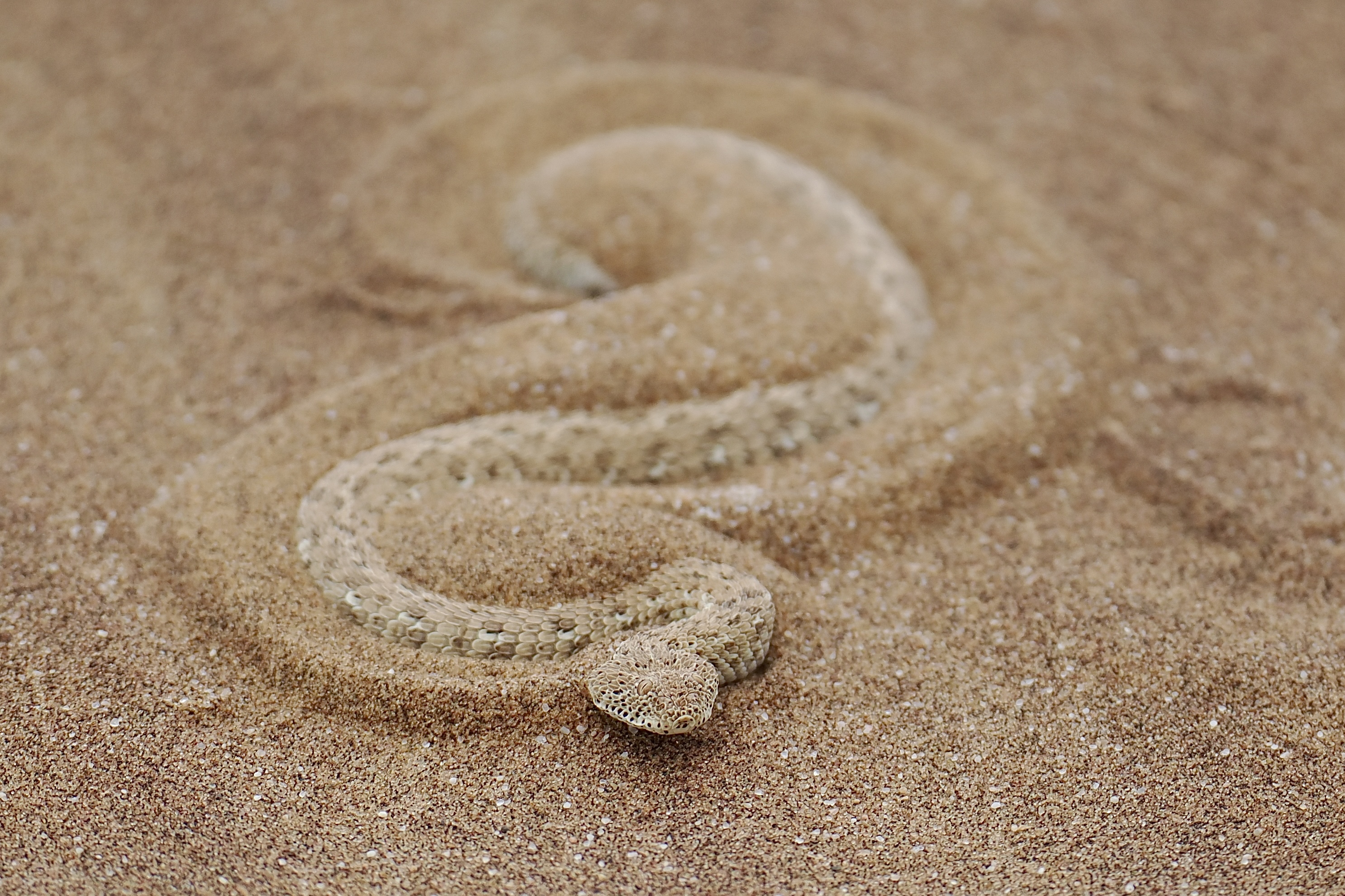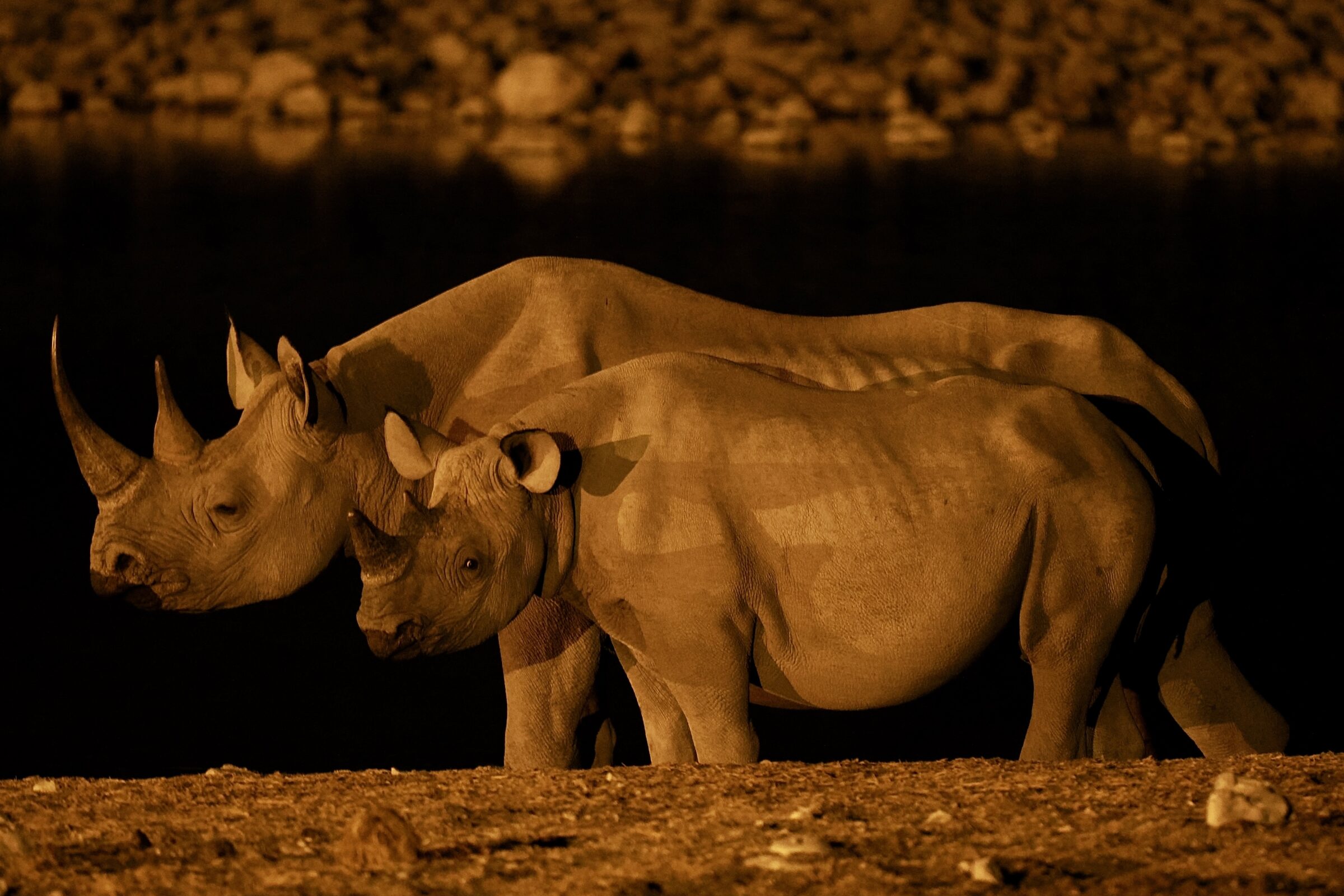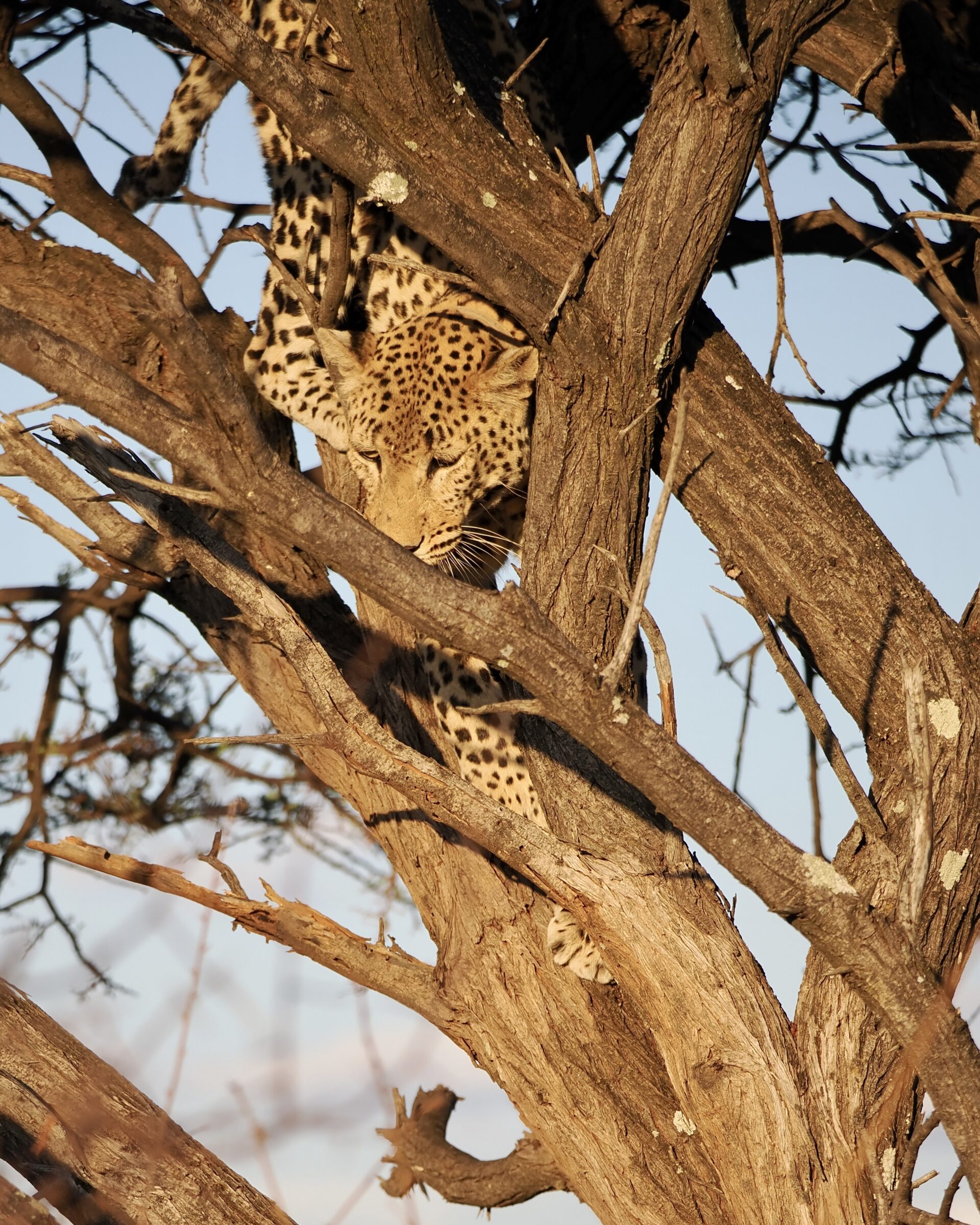These dunes are just behind the Skeleton Coast, not far from the generally-dry mouth of the Hoarusib River.
Their appearance changes radically, as the sun’s position shifts, clouds form, move or disappear, and as fog rolls in, intensifies, or “burns” off.
Generally reckoned the world’s oldest desert, the Namib is “another world”, albeit part – a singular part – of “our” planet.
Humans cannot yet directly experience the Martian landscape, but a few of us are lucky enough to have experienced the Namib.
One Comment